This year has been challenging for many. For me the dark shadow arrived before 2020 even began. A few days before Thanksgiving 2019, my 14-year old brother took his own life. A few days after the anniversary of his death, my cousin took his life at the age of 17. I train in the San Juan mountains, and although neither my brother nor cousin had the opportunity to explore these mountains I call home, I often feel them with me in unison stride-for-stride. Their spirits both inspire me and destroy me given the day. Running brings them to me, helps me cope. I don't bring up these personal details of my life for sympathy, but rather to paint a picture of where I started 2020 at. Before the pandemic began my world was already full of uncertainty. Then like many others, my race schedule disappeared. All my races occurring after March were canceled, so I devised a plan to run some of the harder and more notorious FKT's (Fastest Known Times) in the U.S. My goal was quality over quantity; I wanted to target well established routes that had been sought out by other competitive runners.

I started my season training for the Nolan's 14 FKT in May. Nolan's 14 is without a doubt, the most stout FKT route in North America. Here it is in a nutshell: 94 miles with 42,000 ft of vertical gain including fourteen 14,000 ft peaks - all of which must be summitted. My girlfriend, Sabrina Stanley, and I spent nearly every week camping in the Sawatch Mountain range in June and July, preparing ourselves for the notoriously difficult high alpine route. Nolan's provided a challenge that we had never been presented with before. It is so different from anything in the FKT world because it mixes trail running with an equal amount of off-trail high alpine mountaineering. After months of preparation, it was time to go for the extremely green record set by Joey Campanelli on July 2nd. On July 6th I started my attempt confident and physically in the best shape I could have been in for the grueling task. Once I summited my fifth 14'er, I started dealing with a case of altitude sickness resulting in a migraine, loss of vision, and vomiting. Summits eight through eleven a runner will spend the majority of their time at 13,000 ft or higher. Therefore after 50 miles and seven 14'er summits, I made the tough decision that continuing was no longer safe. This was a shot to my psyche, especially considering all the work I had put in on the course.
FKT's are challenging in this regard. Knowledge of the route is mandatory since there is no flagging on course or guidance of a race organization to help you. I spent countless hours of my summer learning a route, but wasn't able to put my name next to the FKT when the time came for me to display all the work I'd put in. Nolan's 14 beat me, but I gained so much from my experience and will return to give it another go. This time with a little more venom in my blood. I do want to take this opportunity to mention that Sabrina set the women's record not once this summer but twice. The mental fortitude and physical endurance it takes to complete Nolan's 14 is beyond the imagination and often the capabilities of the best endurance athletes in the world. The route is famous for a finishing rate of less than 15%. Sabrina did it twice. Twice! This is beyond comprehension.
Over the two months since my Nolan's 14 attempt, I completed a training block that I was proud to put my name on then signed up for the wild and rugged Idaho MountainTrail Ultra Festival 100-mile race. IMTUF was essentially one of the few (if not the only) competitive 100-mile race this summer that was a "go" by local officials. This was my shot to make something of my race season. I arrived at the starting line feeling fresh, fit and ready. My competition was Dakota Jones, Jason Schlarb and Trevor Fuchs. This race was going to be a proper rager, yet it wasn't. ITBS (Illateral Band Syndrome) kicked in within just a few miles of the start of the race. The instant excruciating pain in both of my IT bands had never presented itself in training, and I am still at a loss as to what caused it to flare up on race day. The pain was unbearable in both legs from the start. I told myself to give the race a chance and continued in complete misery through the 50 mile marker where I decided, for the second time in 2020, this was becoming too dangerous and not worth potential long lasting effects to my body. Another blow.
After weeks of beating myself up, I impulsively decided that I was going to wait until 2021 to pick a new goal. Obviously 2020 had nothing to offer me. Upon hearing this, Sabrina said something that resonated, "I believe that you can be the best in the world Avery but it doesn't matter what I believe. You have to believe in it yourself first." Although straight out of a Disney Channel movie, she was right. Pouting and throwing myself a continuous pity party was getting me nowhere. There was plenty of time left in 2020 to train for and complete an FKT that I was proud of.
I jumped back on a regimented training plan and mentally forced myself to only think positive thoughts. Physically I placed a uniquely special focus on speedwork. My training was a reflection of what I intended to do; set an FKT that would turn heads. Track workouts (400m/800m/1200m/1600m intervals), tempo, long and fartlek runs became familiar endeavors. I increased weekly mileage and workload incrementally. I was hyper-focused on my next goal, Pitchell. This is a 110km route in Asheville, NC and I was hungry for the challenge.

The physical aspect of my training was going better than it had in years. I wanted to double down and improve my diet as well. Participating in Athletic Brewing Company's "Sober October" challenge matched up perfectly with my training block leading into my next FKT, so I donated all the remaining beer in our fridge to our black lab (not really), and jumped on the Sober October train. Instantly, I noticed more energy in the mornings, less inflammation and an increased recovery time. October ended but the results of an alcohol free diet were so blatantly obvious that I decided to continue limiting my alcohol intake until my FKT attempt was in the books. I was determined to find success in a year full of so much adversity.
Two-weeks out from my planned Pitchell FKT attempt, the weather turned for the worse and over a foot of snow was on the final 13 miles of the course. I mean, it is 2020 right? Plan A: Nolan's 14, Plan B: IMTUF, Plan C: Pitchell. It was tiime to move on to Plan D: The Backbone Trail FKT.

The Backbone Trail is a popular route in Southern California. It is a 68-mile point to point run across the Santa Monica mountain range consisting of 13,000 ft of vertical gain. The trail is one of the most gorgeous trails I have ever run. It consists of beautiful vistas and ocean views all while climbing up and down the relentless mountains around Santa Monica and Malibu. Sabrina and I arrived in Calabasas (boojee, right?) 5 days ahead of the planned FKT attempt date, December 12th. I spoke with multiple locals about tricky sections on the course, where I could potentially get lost. I developed a list of runs I wanted to complete before FKT day, to make sure I wouldn't be fouled up by a wrong turn when it was most crucial. Lucky for me, by FKT day I had assembled a team of incredible local runners to pace me, that were highly knowledgeable of every mile on the route.

Aubree Myjer paced me the first 17-miles. He helped set the tone early. We ran the first half marathon in 1:35:00. I wanted to step on the gas from the start and not let off. Next, I picked up pacer Cody Logan. We descended down to Malibu Creek State Park on an incredible flowy, technical singletrack, that allowed us to open up our stride. This was my favorite descent on the first half of the course. We were ripping!
Tapia Trailhead aid station (mile 24) was my first glimpse of all the pacers I had helping me. My crew and pacers were there, socially distanced, cheering me on. I can't thank my pacers and crew enough, for showing up and helping in the current pandemic situation.

Miles 24 through 38 were with Ben Atkins, a super rad English ripper who had paced nearly every single FKT attempt on the Backbone trail this year. Yeah, Ben was just the guy for the job as you can imagine! Unfortunately for Ben these were by far my slowest miles on the course. I maintained a record pace, but I had planned on cruising a bit faster with Ben (more for the sake of having fun out there than anything else). Ben was full of encouraging words through some rough "middle miles". To add to the tough miles, the sun finally made its way out from behind the clouds. I was miserable in the best way. Coming from Silverton where the temperatures are typically in the teens for 7 months of the year, my crew/pacers got a real kick out of the amount of ice and water I used to keep my body cool in the stifling 68-degree heat.
At mile 38 I picked up the pace for my specialty, the final kick. I ran miles 38 - 49 with Cody and surprise pacer Chris Alexander (a young undiscovered talent in my opinion). There was nothing inspiring or sexy about these miles. They were a grind. I let Cody lead the way using him as a legitimate "pacer" trying to hold onto his pace in order to keep me under the FKT pace. I knew if I saved my energy early on, I could pick up a lot of time on this section. According to Cody's watch, we averaged 9:00 min/mile pace. Like I said, nothing sexy but it was definitely getting the job done, considering I only needed to average 10:20 pace for the remainder of the run to take the record.
The final chance to take advantage of my crew was at mile 48. I hammered down a half a bottle of Coke (my first and only caffeine boost for the day), took a few salt pills, and grabbed a couple Muir Energy gels before taking off with, as Lil Wayne would say "Blood in my eyes and ice in my veins". I was on a mission and nothing was going to stop me. Jesse Haynes was my final pacer. Jesse is one of the best pacers I've had the privilege to run with. The last 18-miles of the Backbone are flashy, fast miles if you have remained diligent in pacing yourself, and I had.
There are two final climbs in this section totaling in 2,500 ft of vertical gain, this was a breath of fresh air at the end of a 110km run. The first climb Jesse and I put in a strong effort, however, it would pale in comparison to what we were about to do on the next 7 mile stretch. Those mile splits went as follows: 8:40, 8:20, 8:10, 7:45, 7:00, 7:00, 7:35, 7:45. The Ray Miller Trail makes up the final miles of The Backbone Trail. There isn't much out there that compares to the Ray Miller trail. It gives you views of the Pacific Ocean where you can spot islands off Southern California's coast and beautiful sweeping vistas of the mountains. One last final push. I wanted to be broken by the time I reached the finish line, so I shifted into my final gear and my splits were as follows: 6:55, 7:00, 6:29 and 5:25.

I finished the Backbone Trail in 10 hours 19 minutes & 31 seconds. I will never forget this day. It's incredibly rare to run an ultra where everything goes your way. It is an anomaly, an anomaly that I have spent my life chasing and will continue to chase with every race and training run. A hole in one. Rare and unpredictable, although with the right training, mindset and splash of luck...it is attainable.
It is important for me to express that when nothing is going your way that you absolutely must keep fighting. Push forward. Work at your craft, no matter what. The gift may be in the process and not the outcome. Stay positive and surround yourself with positive. The fight is always worth the reward.
- Avery Collins
Instagram: @runninhigh




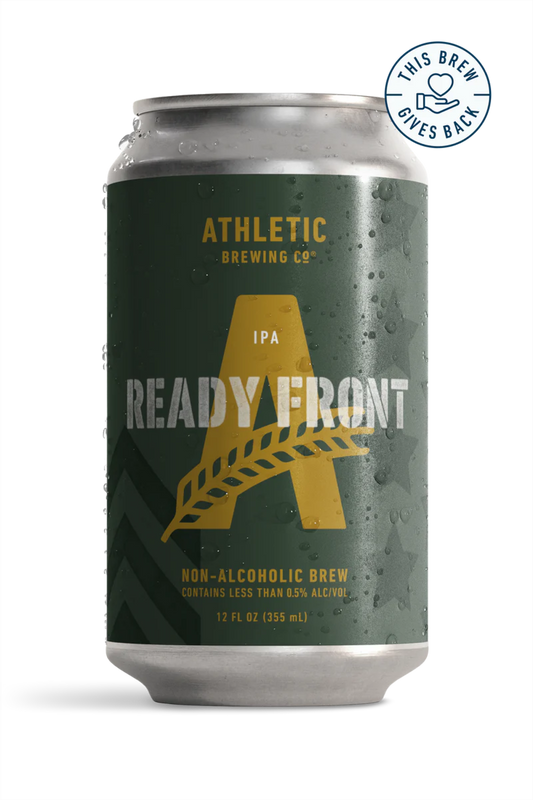
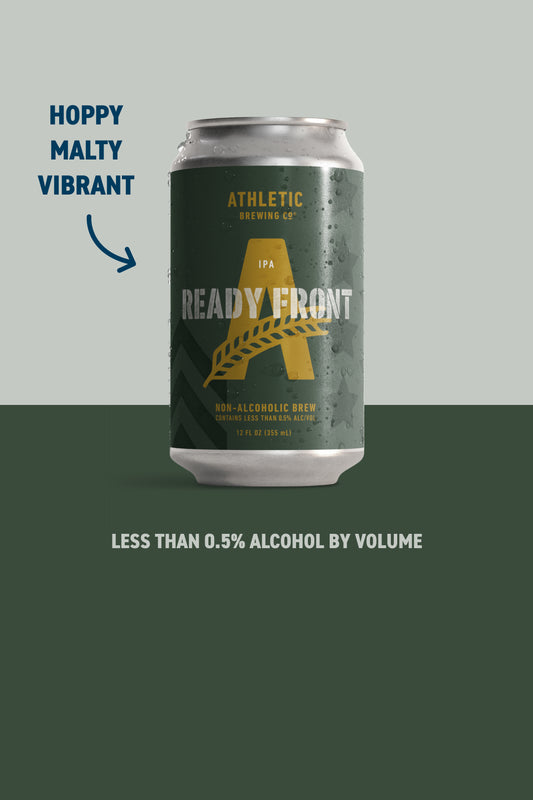
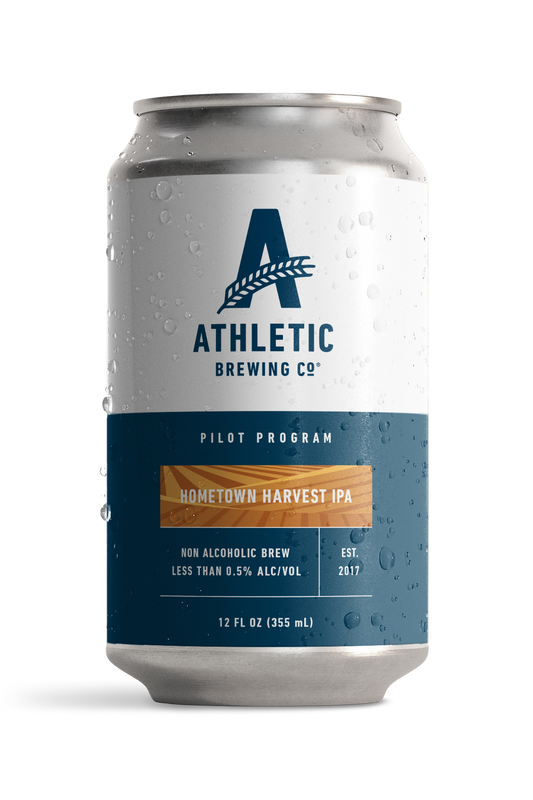
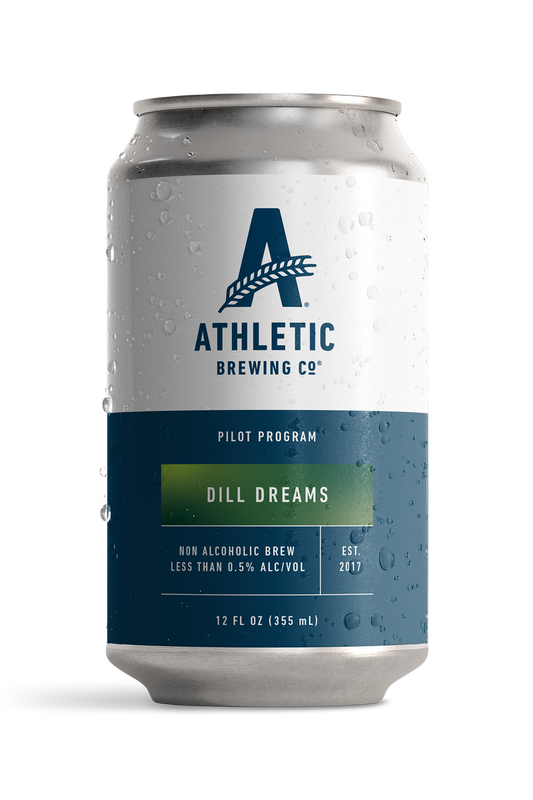

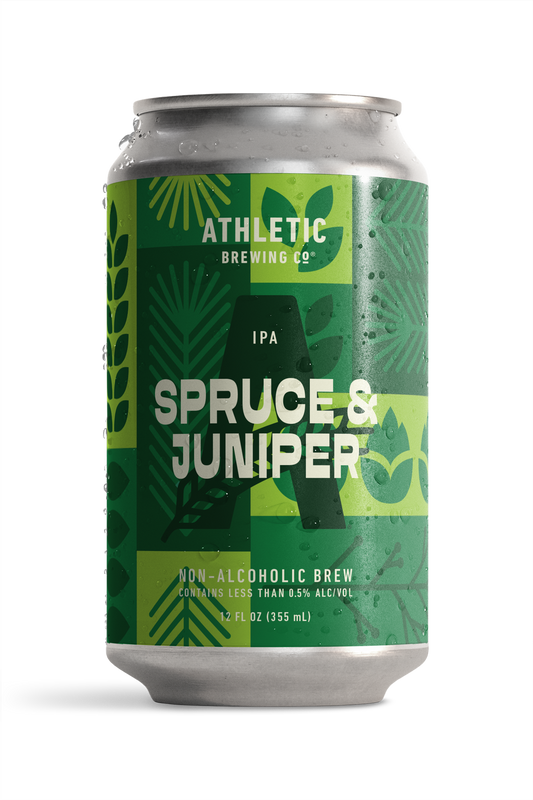
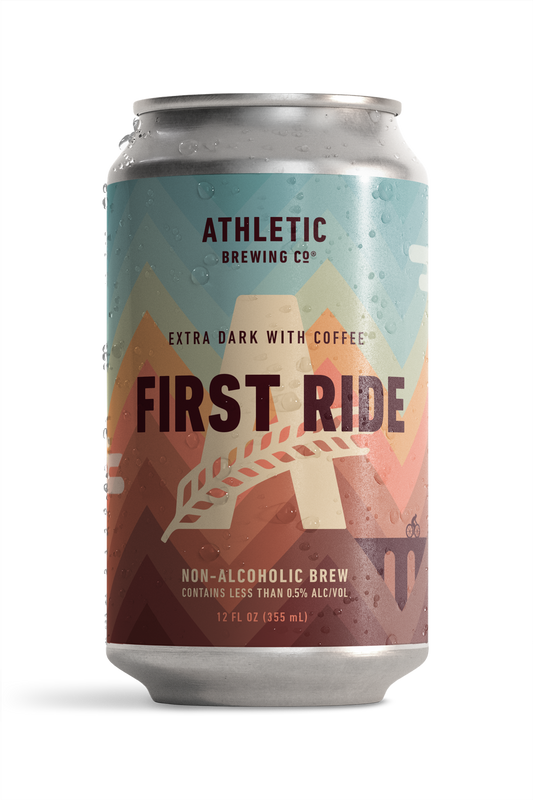
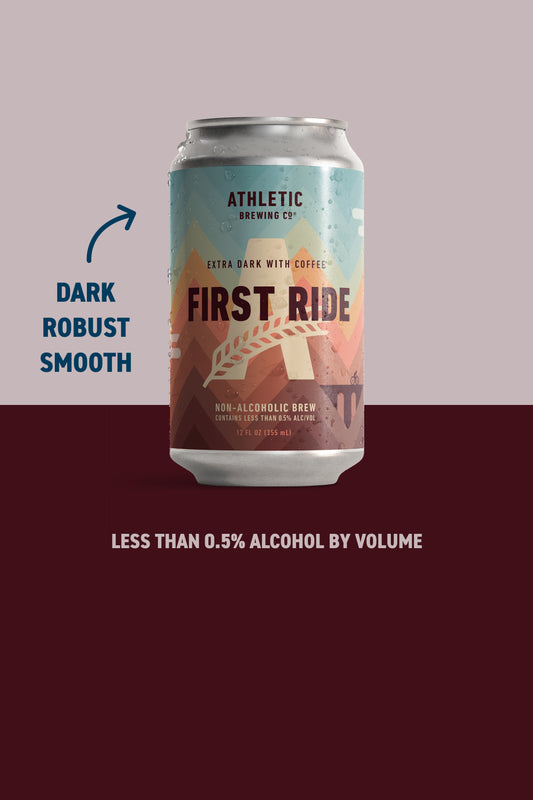
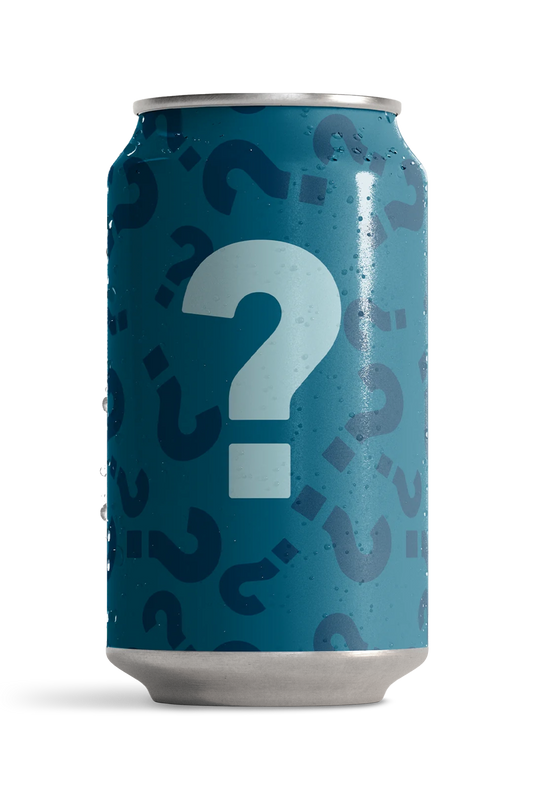
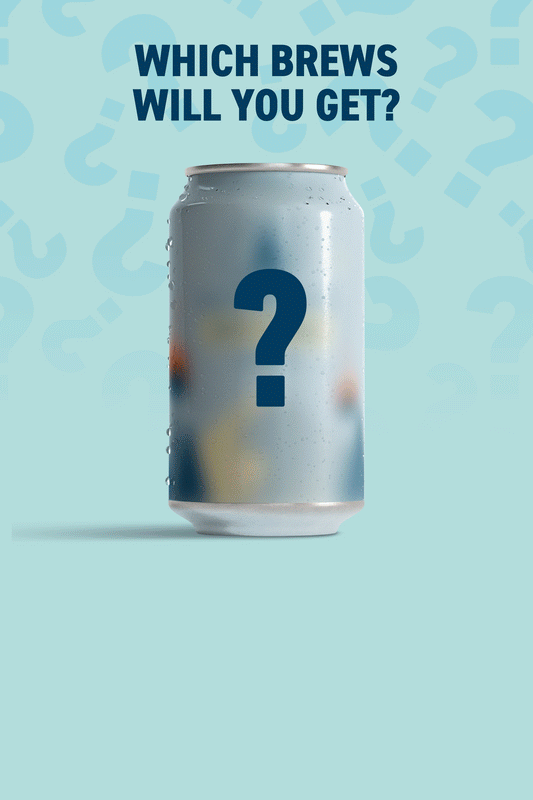






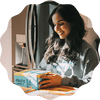


 Your Privacy Choices
Your Privacy Choices











